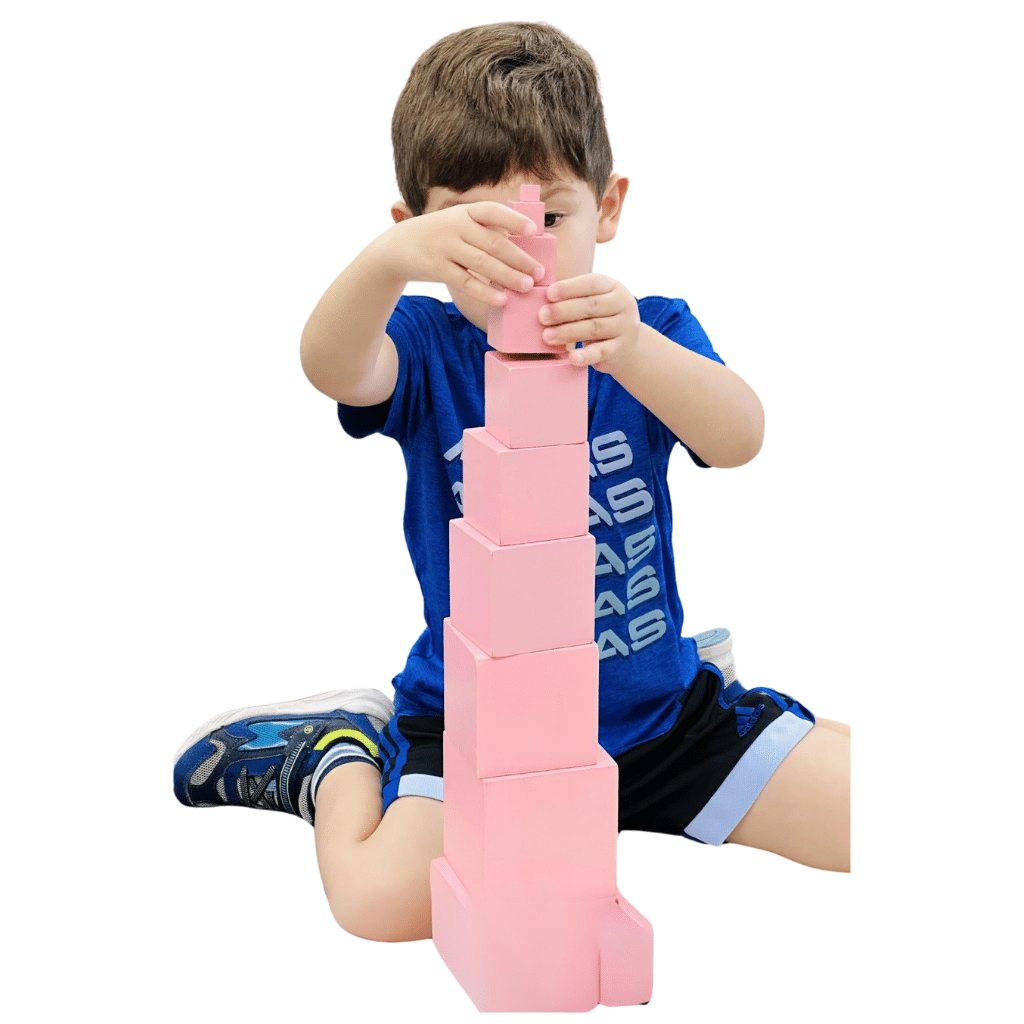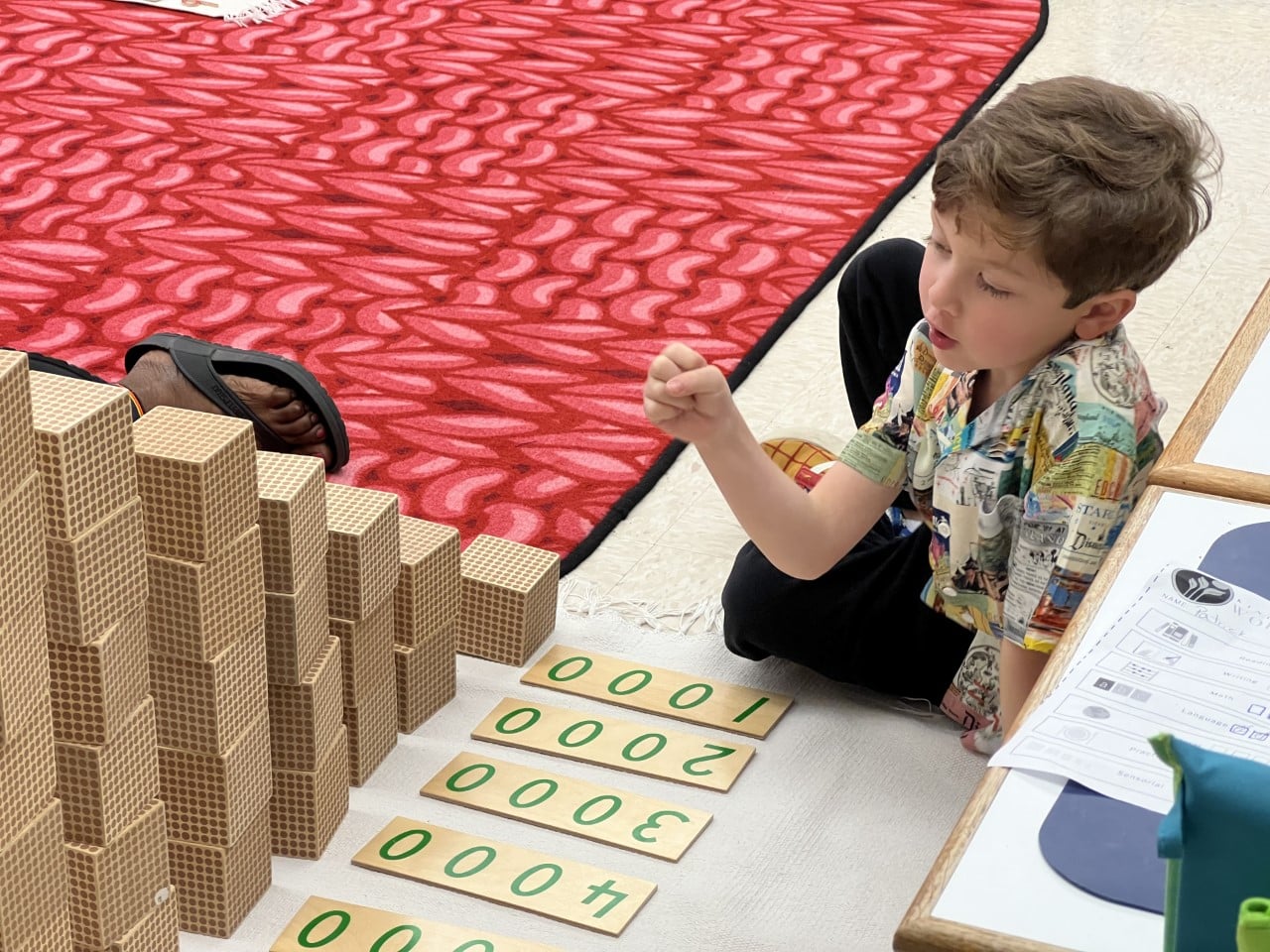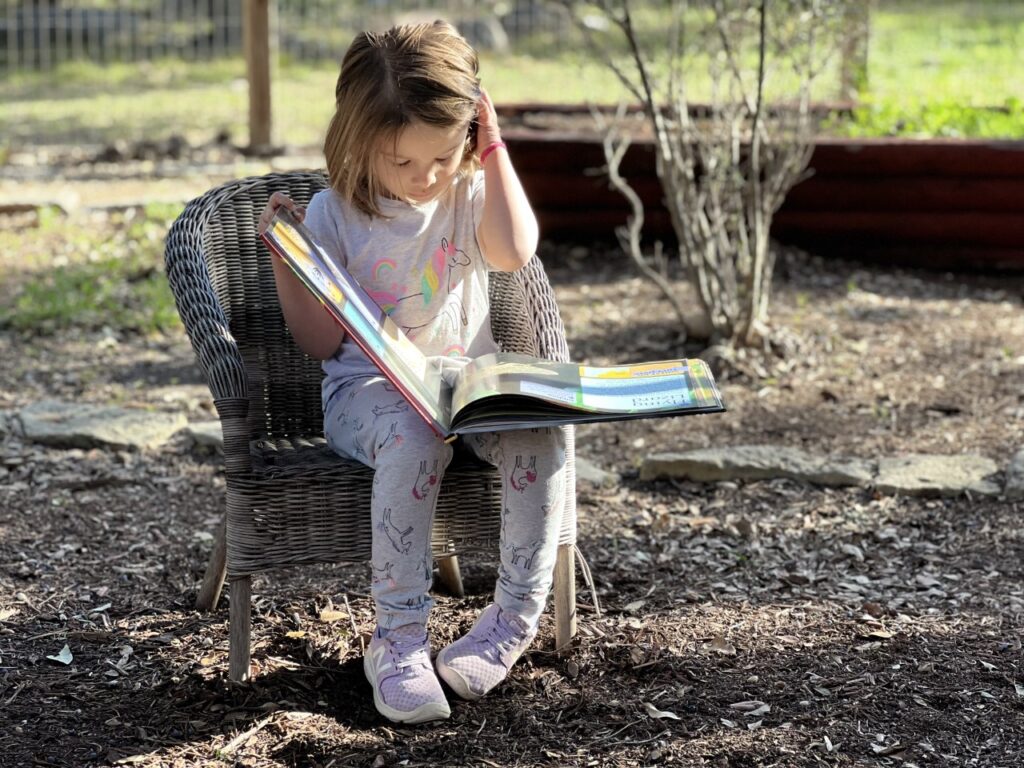Primary
MSSA Primary Program Ages 3 to 6
The early years of infancy and childhood are the foundation for life. A Montessori Primary program education provides children with a developmentally appropriate environment carefully prepared to meet the needs of the whole child. Areas of emphasis in the Primary classroom include practical life, sensorial, cultural, math, and language arts. Classroom materials focus on the exercises of daily living, building concentration, eye-hand coordination, fine motor skills, and preparation for reading and writing.

Why Choose A Montessori Primary Program?
The young child is engaged in the critical work of developing an orderly mind, a skillful hand and body, and both social and self-confidence. Recognizing the task of self-construction through his or her own activity characterizes the work of the child in this age range. MSSA’s Primary classrooms are spacious and well-equipped, and each classroom at this level is carefully designed to meet the physical, social, intellectual, and aesthetic needs of the young child. Large windows invite nature into the classroom. Outdoor extensions are easily accessible and provide Primary students with freedom of movement and exploration of the senses, including experience in gardening and observation of the natural world. Additionally, each classroom has direct access to the Library.
Primary Half-Day Program Ages 3-4 Years
MSSA’s Primary Half-Day program is the beginning of a three-year commitment to early childhood education. In the Half-Day program, children are introduced to all areas of Montessori learning: practical life, cultural, sensorial, language, and math, as well as music and motor skills. Children are dismissed from the Half-Day program at 11:45 am each day, and after-school care is available until 6:00 pm. Daily routines help children build independence and relationships with fellow classmates.


Primary Full-Day Program Ages 5-6 Years
Children in the Primary Full-Day program typically begin at 5 years and are at school from 7:50 am to 3:15 pm. The Full-Day program consists of long uninterrupted work periods where children move independently through the curricular areas, working with prepared materials and receiving individualized lessons. Specials classes, including Spanish, Art, Motor Skills, and Music are scheduled weekly.
The Primary Curriculum: Developmentally Based
The MSSA Primary level program is organized around the developmental needs and tendencies of students within the 3-to-6-year age range. Classes are conducted in mixed-age groupings, which provide rich peer stimulus and opportunity for continuity. The three-year age span affords students the ability to develop leadership skills and consideration for others. Montessori materials are attractive and displayed in an orderly way to inspire repetition and continued use. Each classroom is arranged to promote independence and contains child-size furniture.
To optimize each child’s learning experience, the main mode of instruction at the Primary level is one-on-one. Lessons in the uses of Montessori materials are presented according to student readiness.
Learning is an active and experiential process at the Primary level. Students are guided through using materials that move from concrete to abstract and are free to choose work from a carefully prepared “menu” of purposeful activities that correspond to developmental stages. Materials are placed in an orderly sequence on child-sized shelves for easy access. These materials and their arrangement on the shelves reflect the young child’s need for order, repetition, orientation, purposeful movement, and independence.
Students are guided to interact freely and responsibly with their peers and the adults in the classroom environment. Younger students benefit from the example of older students, and older students serve as role models for younger students. Mutual respect and compromise are values that are established through lessons in grace and courtesy, and these lessons provide students with the tools for successful social interaction.
For a parent, there are few experiences more rewarding than knowing your children spend their days encouraged to expand natural talents, challenged to move beyond individual difficulties, and motivated to extend interests into aspects of all academic and artistic disciplines. This is our experience at MSSA."
- Primary Parent
